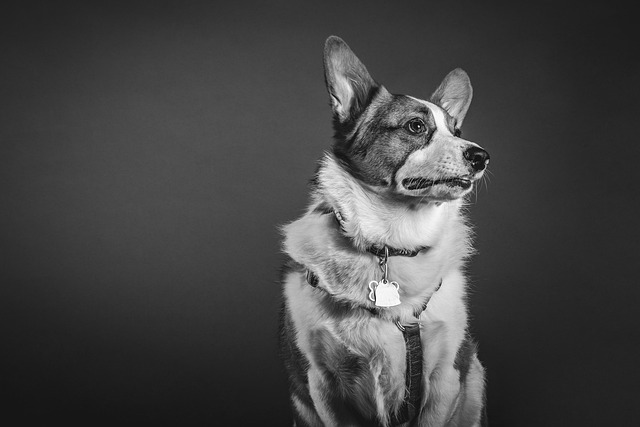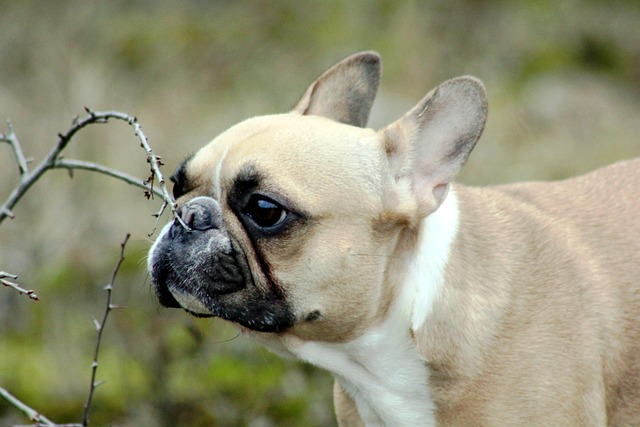
How to calm down an aggressive dog?
Seeing your dog growl, snarl, or bare their teeth can send a chill down your spine. Aggression isn’t just scary—it’s a cry for help from your furry friend.
Seeing your dog growl, snarl, or bare their teeth can send a chill down your spine. Aggression isn’t just scary—it’s a cry for help from your furry friend. But before you panic, know that with patience and the right approach, you can turn those tense moments into opportunities for connection.
First off, safety comes first. Many local laws require immediate action if a dog shows signs of aggression, especially towards people or other animals. Make sure you’re familiar with leash laws and regulations about muzzling in public spaces. Failing to comply not only risks fines but can also put others in danger. When in doubt, consult your local animal control resources—they’re there to help you navigate tricky situations.
Understanding the root cause is key. Dogs lash out for many reasons: fear, territorial instincts, pain, or even past trauma. Think back to what happened right before the outburst. Was there a new noise, a strange person, or another animal? Taking note of triggers helps you anticipate and prevent future episodes. It’s like solving a puzzle, and every clue gets you closer to helping your dog feel secure.
When faced with aggression, your first move should be creating distance. Slowly back away without making eye contact—direct stares can be seen as a threat. Use a calm, low voice to soothe your dog, but avoid reaching out unless you’re sure it’s safe. If you’re outdoors, find a quiet spot away from potential stressors and give your dog space to decompress.
 Positive reinforcement is a game-changer. Once your dog starts to relax, offer high-value treats like tiny pieces of chicken or cheese. Pair the treat with a calm command like “easy” or “good.” Over time, your dog will associate these words with feeling safe and rewarded. Remember, never punish aggressive behavior—yelling or hitting only escalates fear and can make the problem worse.
Positive reinforcement is a game-changer. Once your dog starts to relax, offer high-value treats like tiny pieces of chicken or cheese. Pair the treat with a calm command like “easy” or “good.” Over time, your dog will associate these words with feeling safe and rewarded. Remember, never punish aggressive behavior—yelling or hitting only escalates fear and can make the problem worse.
Training tools can also be helpful, but use them wisely. A well-fitted harness gives you better control without hurting your dog, and a drag line (a long leash that stays attached indoors) allows you to gently guide them during moments of tension. Just make sure any equipment complies with local animal welfare guidelines—ethical treatment isn’t just the right thing to do; it’s often the law.
Enlisting professional help isn’t a sign of failure—it’s a smart move. Certified dog trainers or behaviorists have the expertise to assess your dog’s specific needs. Some areas even offer subsidized training programs through animal shelters or community centers. Do your research, read reviews, and choose someone who uses positive, science-based methods.
Daily routines play a huge role in reducing aggression. Regular exercise, mental stimulation, and a consistent feeding schedule keep your dog balanced. Puzzle toys, scent games, or short training sessions throughout the day tire them out in the best way. A tired dog is a happy dog—and less likely to lash out.
Living with an aggressive dog is challenging, but it’s also a chance to deepen your bond. By respecting your dog’s boundaries, addressing their underlying needs, and following local regulations, you can create a safe, calm environment for both of you. Every small victory counts, and with time, you’ll see those aggressive moments become fewer and farther between.

Seeing your dog growl, snarl, or bare their teeth can send a chill down your spine. Aggression isn’t just scary—it’s a cry for help from your furry friend.

You’ve just brought home a fluffy 8-week-old puppy, and within minutes, they’ve had an accident on your brand - new rug.

Toilet training your dog varies widely by breed, age, and temperament. Patience, consistency, and tailored routines unlock success—no one-size-fits-all timeline here.

Ever noticed your normally friendly Labrador suddenly growling when you try to take away their food, or a Pomeranian snapping during playtime? This isn't just 'bad behavior'—it's conflict aggression, a survival mechanism gone awry.

Master puppy nighttime potty training by balancing their needs and your sleep. Learn when to take breaks, how to plan, and keep training stress-free for both.

Watching your dog growl,lunge,or snap at others can feel like a punch in the gut.It's natural to want to solve the problem on your own—after all,who knows your furry friend better than you?But training an aggressive dog isn't like teaching basic commands.